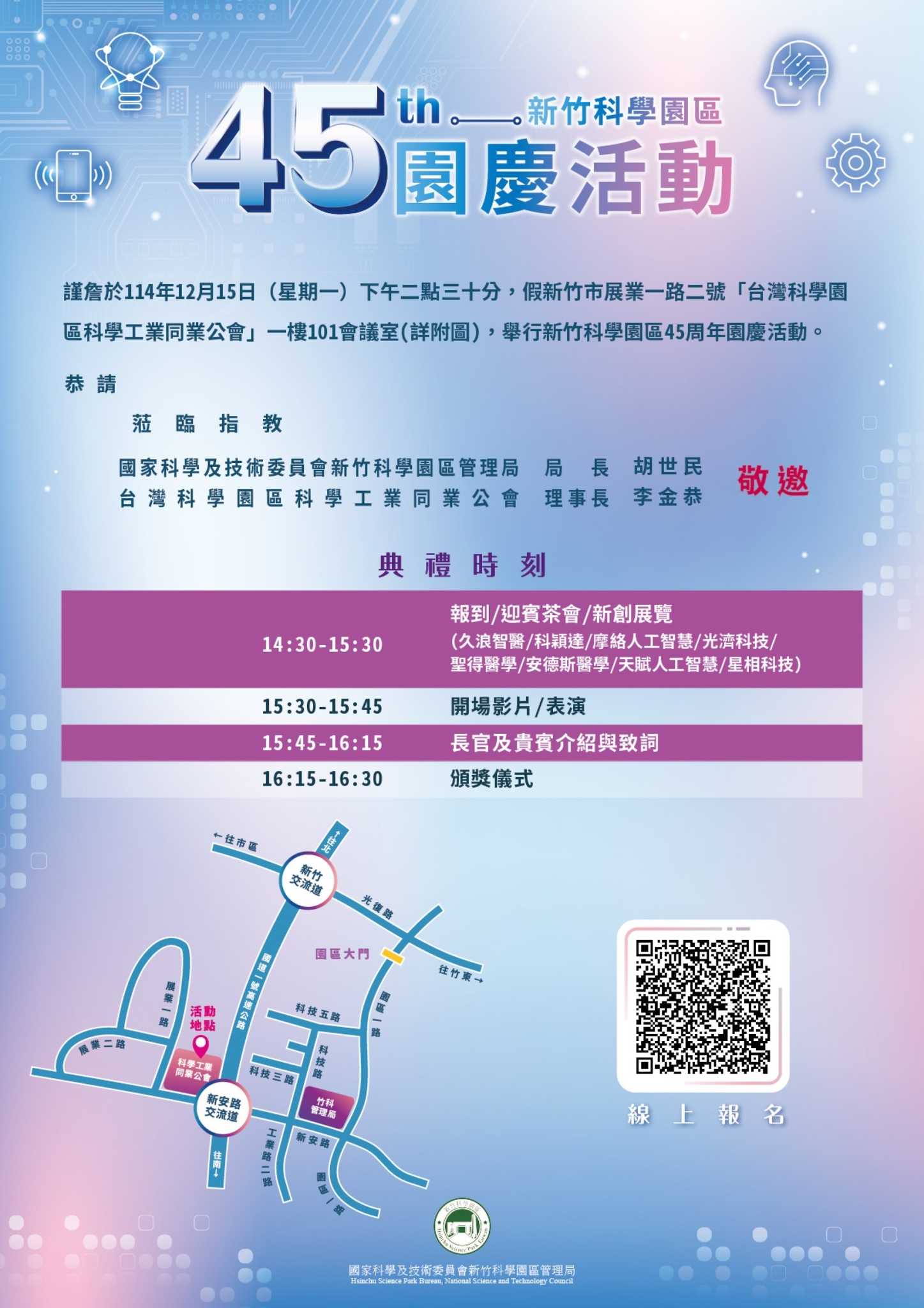The Age of InvisiblIntelligence: How Contextual AI Is Quietly Transforming Daily Life
For years, technological progress has been measured by visible breakthroughs: faster processors, larger screens, and increasingly capable AI models. But as we advance through the 2020s, the most transformative shift is happening in a place we cannot see. Intelligence is moving off our devices and into our environments. This emerging paradigm—contextual AI—is redefining how we interact with technology by allowing systems to understand surroundings, anticipate needs, and act proactively without being asked.
Unlike traditional AI, which responds only when prompted, contextual AI observes behavior patterns, interprets environmental cues, and delivers assistance automatically. It marks the beginning of an era in which technology supports humans quietly, seamlessly, and continuously.
From Smart Devices to Smart Environments
The last two decades centered on personal devices—smartphones, laptops, wearables—that required direct interaction. You typed commands, clicked buttons, or issued voice prompts. Contextual AI dissolves this need for explicit input by embedding intelligence into physical spaces.
A home powered by contextual AI might dim lights as you wind down, adjust temperature based on your sleep patterns, or recommend entertainment aligned with your mood. Offices will recognize who enters a meeting room, load relevant presentations, and configure lighting and acoustics automatically. These experiences rely on multi-modal AI models, low-power sensors, and edge processors capable of making decisions in real time.
The shift signals a broader evolution: technology is no longer just a tool but a silent companion shaping the environment around us.
The Privacy Imperative
While contextual AI promises unprecedented convenience, it also introduces new concerns. Systems that learn by observing human behavior require continuous data collection. They monitor movement, listen for cues, and analyze biometrics. As a result, privacy becomes one of the defining challenges of this new era.
Companies that lead this transformation must focus on safety, transparency, and user agency. Processing data locally on devices rather than the cloud can reduce risk. Clear consent frameworks and user-controlled privacy modes will become essential design elements. Trust—more than speed or accuracy—will determine which companies succeed in contextual AI.
Transforming Workflows and Creativity
Much of the discussion around AI in the workplace focuses on automation. But contextual AI reframes the conversation. Instead of replacing workers, it aims to reduce friction and enhance human capabilities.
Imagine a workplace where project management updates itself by observing team activity. Where AI systems detect productivity cycles and adapt environments—lighting, sound, temperature—to optimize focus. Where documents open automatically when you enter a meeting, and conversations are transcribed and summarized in real time.
By removing repetitive tasks, contextual AI enables workers to spend more time on creativity, strategy, and collaboration. It becomes an augmentation layer that enhances human potential rather than competing with it.
Smarter Cities and Predictive Healthcare
The influence of contextual AI extends far beyond homes and offices. In healthcare, unobtrusive sensors could detect early warning signs of illness—subtle changes in gait, breathing, or sleep—before symptoms appear. This shift toward preventive care could reduce strain on medical systems and improve long-term outcomes.
In cities, context-aware infrastructure could manage congestion, optimize energy consumption, and respond instantly to emergencies. Sensors might detect abnormal crowd behavior, reroute traffic, or adjust street lighting based on real-time pedestrian activity. Urban spaces could become more efficient, sustainable, and responsive.
The challenge will lie in striking a balance between data utility and public trust, ensuring intelligent infrastructure benefits all communities.
Designing for Human Agency
As intelligence becomes more ambient, we face new questions about autonomy and control. For decades, innovation required users to adapt to interfaces. Now the inverse is happening: systems adapt to users. This raises important cultural and ethical considerations.
How do we maintain a sense of agency when systems anticipate our needs before we articulate them? How do designers ensure that invisible intelligence empowers rather than manipulates?
The answer lies in carefully crafted design frameworks—ones that prioritize user choice, contextual transparency, and clear boundaries for automated actions.
A Quiet but Profound Shift
The next major technological revolution will not be defined by flashy devices or dramatic announcements. It will unfold quietly, as intelligence weaves itself into everyday spaces. Contextual AI represents a turning point in the relationship between humans and technology. It promises environments that feel more intuitive, systems that reduce cognitive load, and experiences that adapt naturally to our lives.
The future of technology is not louder—it is softer, smarter, and increasingly invisible. And its transformation has already begun.


